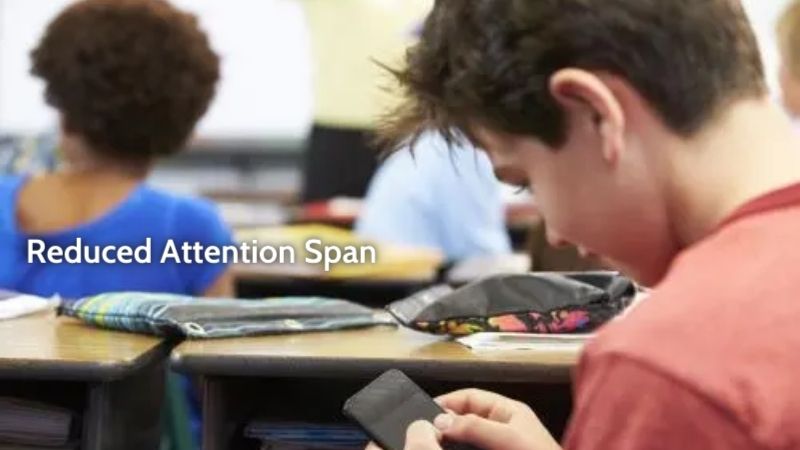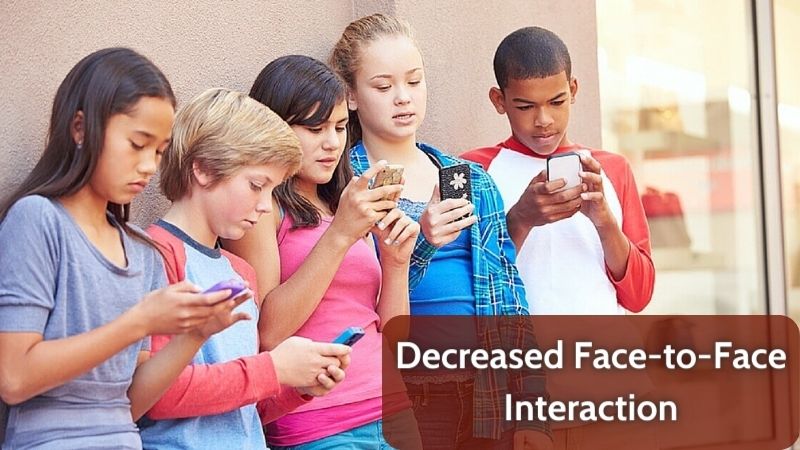In today’s digital age, smartphones have become ubiquitous, seamlessly integrated into every aspect of our lives, including education. While these pocket-sized devices offer a plethora of benefits, ranging from instant access to information to enhanced communication, their presence in the academic sphere is not without its drawbacks. In this article, Hollydurrart delve deep into the disadvantages of smartphone for students, uncovering significant detrimental impact that warrant careful consideration.
The Disadvantages of Smartphone for Students
1. Distraction:
Undoubtedly, one of the most prevalent concerns regarding smartphones in the educational setting is their propensity to distract students. With the allure of social media notifications, addictive games, and endless messaging threads, maintaining focus on academic tasks becomes a Herculean feat. The incessant urge to check one’s device can disrupt classroom dynamics, impeding learning and hindering academic progress.
2. Reduced Attention Span:
The ubiquitous nature of smartphones fosters a culture of instant gratification, gradually eroding students’ attention spans. Constant exposure to bite-sized content and rapid-fire stimuli cultivates an impatience for sustained engagement, making it challenging for students to delve into complex subjects or engage in critical thinking exercises that demand prolonged concentration.

3. Negative Impact on Sleep:
The glow of smartphone screens illuminating bedrooms well into the night has become a common sight among students. However, this nocturnal companionship comes at a cost. Research has shown that the blue light emitted by smartphones disrupts the body’s natural circadian rhythm, impeding the production of melatonin and jeopardizing sleep quality. Consequently, students may find themselves grappling with fatigue, lethargy, and diminished cognitive function during the day.
4. Decreased Face-to-Face Interaction:
In an era dominated by digital communication, face-to-face interactions are increasingly relegated to the periphery. The incessant tethering to smartphones hampers students’ ability to engage in meaningful interpersonal exchanges, impeding the development of essential social skills. Consequently, students may struggle to navigate real-world interactions, fostering a generation ill-equipped for authentic human connection.

5. Potential for Academic Dishonesty:
The omnipresence of smartphones poses a formidable challenge to academic integrity. With unfettered access to the internet at their fingertips, students are tempted to succumb to the allure of shortcuts and illicit resources. From surreptitious googling during exams to wholesale plagiarism of online content, the temptation to cheat looms large, undermining the integrity of academic assessments and eroding trust between educators and students.
6. Health Concerns:
Prolonged smartphone usage exacts a toll on students’ physical well-being. The sedentary lifestyle associated with prolonged screen time contributes to a myriad of health issues, including digital eye strain, musculoskeletal disorders, and repetitive strain injuries. Furthermore, the addictive nature of smartphones can engender poor posture habits, exacerbating neck and back pain among students.
7. Privacy and Security Risks:
The digital landscape is fraught with peril, and smartphones serve as conduits to a myriad of privacy and security risks. Students, often oblivious to the ramifications of their online activities, may unwittingly expose themselves to threats such as identity theft, phishing scams, and cyberbullying. The pervasiveness of social media platforms amplifies these risks, making students susceptible to exploitation and manipulation in the virtual realm.
8. Dependency and Addiction:
The symbiotic relationship between students and their smartphones borders on dependency, if not outright addiction. The incessant need for validation through likes, comments, and shares breeds a sense of anxiety and inadequacy when separated from one’s device. Consequently, students may find themselves ensnared in a cycle of compulsive smartphone use, sacrificing academic pursuits and personal well-being at the altar of digital gratification.
9. Financial Burden:
While smartphones have become indispensable tools for modern living, their acquisition and upkeep come at a considerable cost. For students from socioeconomically disadvantaged backgrounds, the financial burden associated with smartphones and data plans can exacerbate existing disparities in access to educational resources. Consequently, students may find themselves at a disadvantage, unable to fully leverage the potential of digital technology for academic enrichment.
10. Cyberbullying:
The interconnected nature of social media platforms amplifies the prevalence and perniciousness of cyberbullying among students. The anonymity afforded by digital platforms emboldens perpetrators to unleash a torrent of harassment, intimidation, and exclusion upon their peers. The insidious nature of cyberbullying leaves lasting psychological scars, undermining students’ self-esteem, mental health, and academic performance.

11. Societal Implications:
Beyond the confines of academia, the proliferation of smartphones among students carries profound societal implications. The erosion of offline social interactions, the commodification of personal data, and the perpetuation of digital divides threaten to undermine the fabric of society itself. As stewards of the future, it behooves us to confront the myriad challenges posed by smartphones and chart a course towards a more balanced and equitable digital landscape.
Summary
In conclusion, while smartphones undoubtedly offer a myriad of benefits for students, ranging from enhanced access to information to seamless communication, their pervasive presence in the educational sphere is not without its pitfalls. From the insidious allure of distraction to the pernicious threat of cyberbullying, the disadvantages of smartphone for students loom large, necessitating a nuanced and proactive approach to digital citizenship and responsible usage. Only by fostering a culture of mindfulness, moderation, and critical engagement can we harness the transformative potential of smartphones while mitigating their deleterious effects on student well-being and academic success.